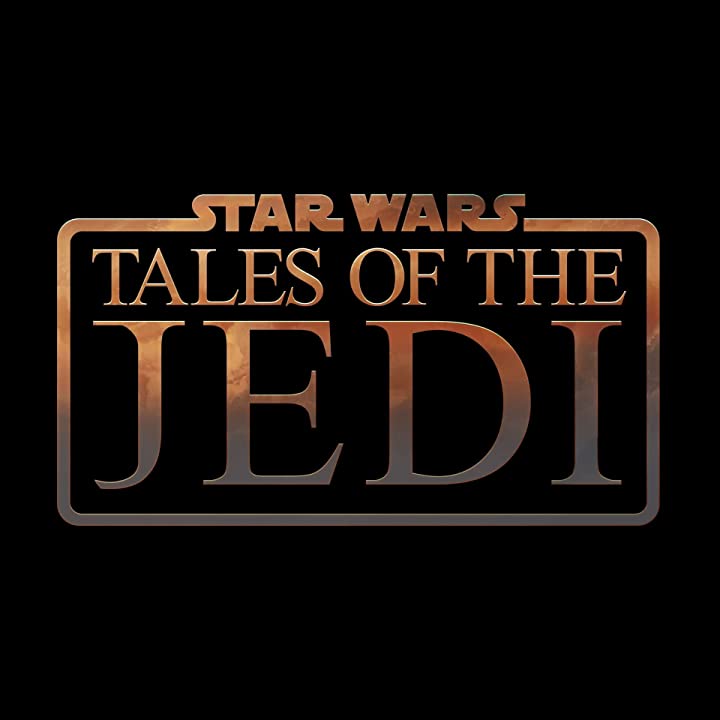Tales of the Jedi: Short-Form Excellence
Tales of the Jedi Is Such A Great Star Wars Project
Tales of the Jedi is the newest addition to what I’m calling “The Clone Wars Cartoons.” The subsection of Star Wars content using the same animation style, (usually) short-form pacing, and politically dense writing. My experience with it has mostly been reviewing The Bad Batch and some early viewing of the Clone Wars cartoon and its long-ago movie.
What I mean is that I’m not overly familiar with the internal lore this series is pulling from. Ahsoka is a fan-favorite character, but I don’t know her intensive backstory. I’m aware some characters have entire seasons adding to their film appearances, but I haven’t binged my way through those shows.
Thankfully, that matters little if you’re in the same boat. Even a barebones understanding of Star Wars movies and the cultural zeitgeist is enough to follow Tales of the Jedi. The plotting draws mostly from classic scenarios and general Star Wars tropes.
And I don’t intend that last comment as a negative. Of the recent Star Wars I’ve seen (which doesn’t yet include Boba, Obi-Wan, or Andor), Tales of the Jedi is stellar. So good, in fact, that the best way to handle this review is to go through the three episodes I’ve seen so they can get proper praise.
Episode 1: “Life and Death”
This is such a solid start to the series. One thing that makes Star Wars a unique sci-fi franchise is how it tells tales that feel like ancient stories. The Togruta people seem based on an amalgam of cultures—and I have no idea if those reference points were depicted well or respectfully—but the core idea of an infant surviving danger evokes many classic myths/tales of folklore.
Beyond that, the episode is a masterclass in non-dialog-driven storytelling. So much of it is done with animation, sound cues, and narrative shorthand that it pulls you in. As a critic, I’m used to being ejected from the internal fiction by noticing some external feature, but this—and most of Tales of the Jedi—remained engrossing on a level I don’t see often.
Episode 2: “Justice”
Once again, blown away. The sense of mood and tone in the first few minutes of “Justice” was perfect. An almost horror vibe kept itself around even as the pulpier political machinations entered the story. Seeing Dooku as a Jedi is something I hadn’t yet experienced, and I want a whole live-action series devoted to his fall, ala Obi-Wan.
But outside the immediate character work, I’m deeply impressed by the nuanced level of political writing. I understand this is not new for The Clone Wars Cartoons and is a solid reason to watch the earlier series, but this was my first strong exposure to it. “Justice” kept adding new, engaging details to an initially generic plot, and by the end, there was an almost palpable sense of melancholy. The absolute dissonance of seeing two groups previously actively murdering each other having to work together is the cherry on top of a deft and solid short tale.
Episode 3: “Choices”
Sadly, the streak of incredible episodes with almost nothing to complain about ended here. This is merely a very good episode, showing a younger Mace Windu, more Dooku, and yet more engaging political intrigue. But “Choices” starts with a lore and exposition dump those previous episodes of Tales of the Jedi sidestepped with visual storytelling. Granted, it needed some preface, but there had to be a more organic way to introduce details.
This complaint is almost a compliment, though. The heights of this series, and this episode, are so freakin’ high that something I’d begrudgingly accept from a lesser show seemed out of place.
Perhaps it’s also the shift to a different type of story that made me notice flaws. This is the dialog episode of the three. A truncated murder mystery with a reveal I didn’t guess—but I’m not sure it’s possible to guess. The real reason to watch this episode is to see Dooku’s growing movement to the Dark Side and some character work for Mace Windu. Both features felt like they would’ve had a greater deal of impact on those more lore knowledgeable. I found them interesting as opposing ideologies and a deepening of the greater Jedi story.
Even with those minor quibbles, Tales of the Jedi is stunningly good. The writing heights are above many other entries in the Star Wars canon and just many other recent shows. The pacing is nigh-perfect. Somehow, in only around fifteen minutes an episode, it brought back the excitement of Star Wars I haven’t felt in years. From what little I know, the team working on “The Clone Wars Cartoons” are the true masterminds of current Star Wars and should probably be given the reigns to more of the universe.

Possibly Related Posts:




Comments